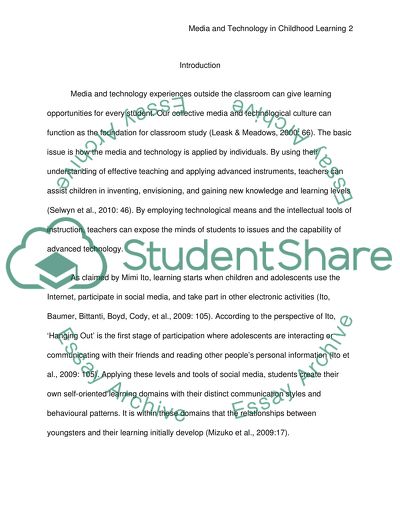Cite this document
(“What can we learn from children's own experience of technology and Essay”, n.d.)
Retrieved from https://studentshare.org/technology/1410429-what-can-we-learn-from-children-s-own-experience
Retrieved from https://studentshare.org/technology/1410429-what-can-we-learn-from-children-s-own-experience
(What Can We Learn from children'S Own Experience of Technology and Essay)
https://studentshare.org/technology/1410429-what-can-we-learn-from-children-s-own-experience.
https://studentshare.org/technology/1410429-what-can-we-learn-from-children-s-own-experience.
“What Can We Learn from children'S Own Experience of Technology and Essay”, n.d. https://studentshare.org/technology/1410429-what-can-we-learn-from-children-s-own-experience.


